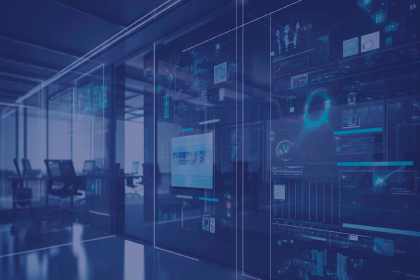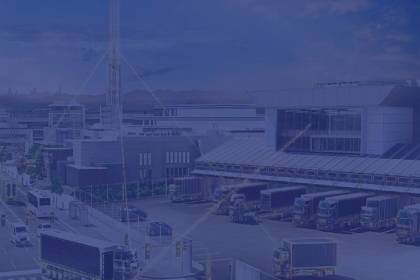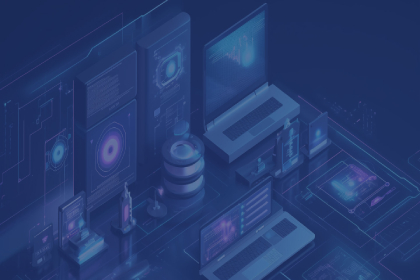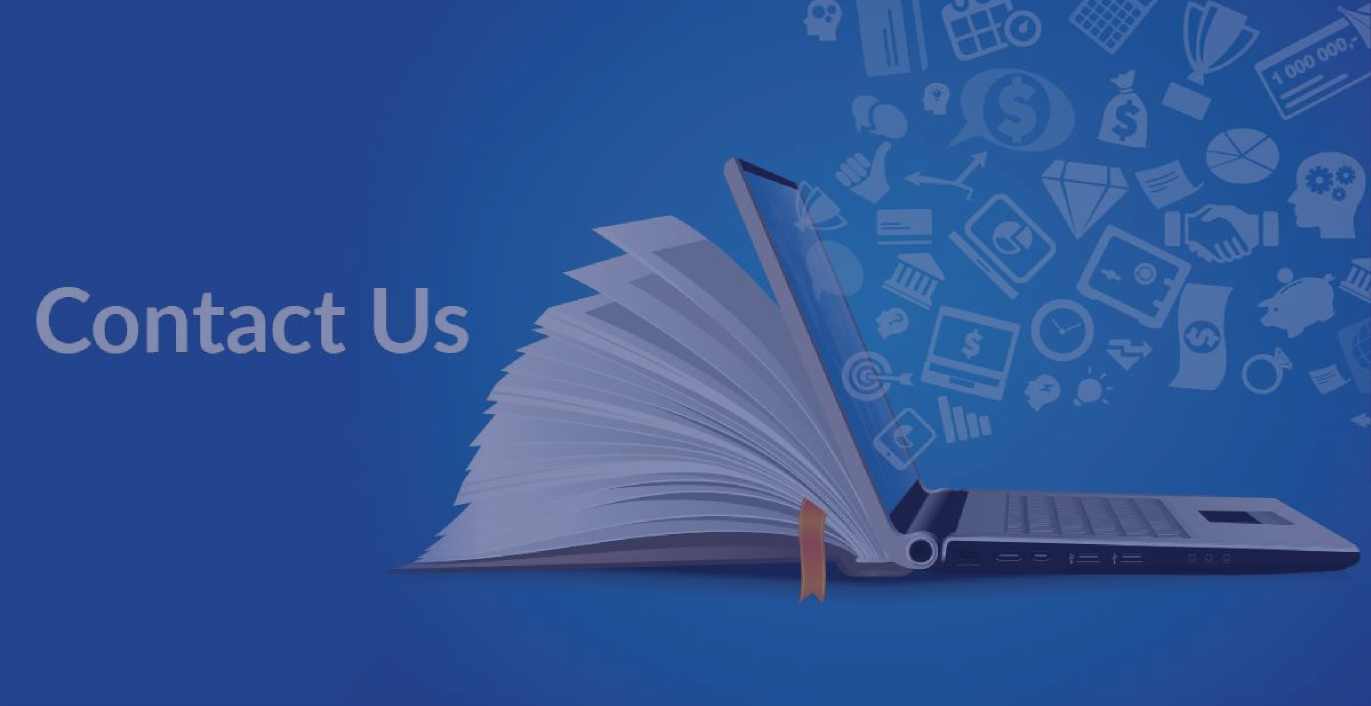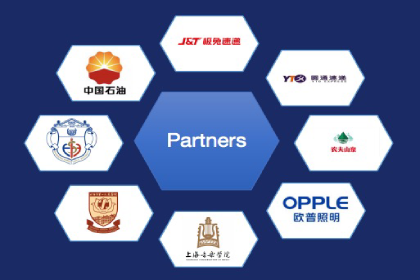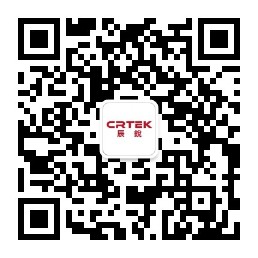What a smart city looks like and how to utilize the Internet of Things.
The current trend of population growth and urbanization means that many cities are more likely to turn to technology and advanced networks to help them manage limited resources. Especially, cities may increasingly shift towards a part of the Internet of Things (IoT), which is smart city solutions.
What is a smart city?
A smart city is a framework primarily composed of information and communication technology (ICT) for developing, deploying, and promoting sustainable development practices to address the increasingly severe challenges of urbanization. Combined with the Internet of Things (IoT), a large part of the ICT framework is an intelligent network composed of networked objects and machines that use wireless technology and cloud transmission of data. Cloud based IoT applications receive, analyze, and manage data in real-time to help municipal authorities, businesses, and citizens make better decisions, thereby improving their quality of life.
Simply put, smart cities use IoT devices such as connected sensors, lights, and instruments to collect and analyze data. Then, these cities use this data to improve infrastructure, public facilities, and services. With the help of the Internet of Things, communities can improve energy allocation, simplify garbage collection, reduce traffic congestion, and even improve air quality.
Smart City Technology
Smart city devices aim to make daily tasks simple and efficient, while addressing time-consuming issues related to public safety, transportation, and environmental issues. Let's take a look at some of the most popular smart city technologies:
▲ Smart electricity meter
One of the important IoT devices in utility companies is smart meters. These devices are connected to buildings and smart grids, enabling utility companies to more effectively manage electricity flow. Smart meters also allow users to track their energy consumption, which will have a huge financial impact.
▲ Intelligent transportation
Connected cars and smart cars have become the forefront of public transportation. These efforts have already had an impact on the transportation industry. In terms of transportation, smart city devices can alleviate traffic pain points and prevent accidents and deaths related to cars. The built-in intelligent voice search and location data collection functions are very attractive to drivers. With the continuous development and growth of intelligent applications, the adoption of intelligent transportation will also continue to improve.
▲ Intelligent waste management solutions
Waste management is costly, inefficient, and may lead to traffic congestion. Intelligent waste management solutions can alleviate some of the thorny issues by monitoring the filling of garbage bins at specific locations and sending data to waste management agencies. Therefore, management agencies can plan the optimal waste collection route.
The Internet of Things and the Future of Smart Cities
The potential of smart cities is almost unlimited. The development of these cities will only accelerate in the coming years. However, this is not the only area where the Internet of Things will bring profound changes in the near future.

